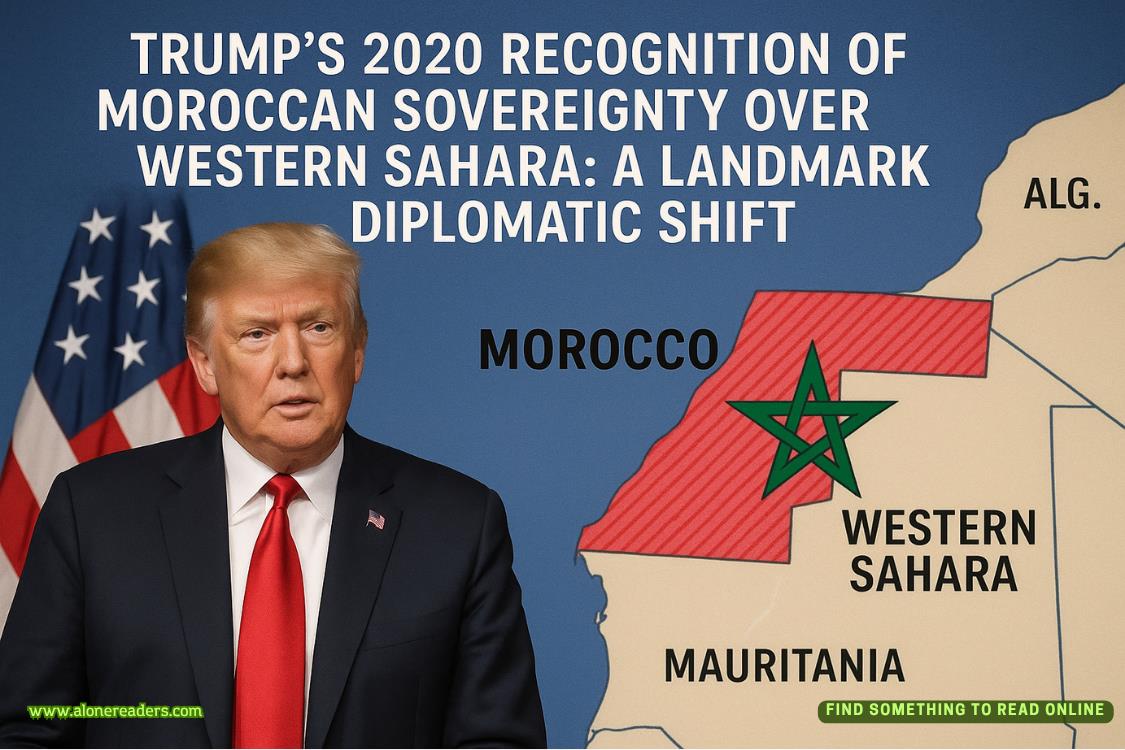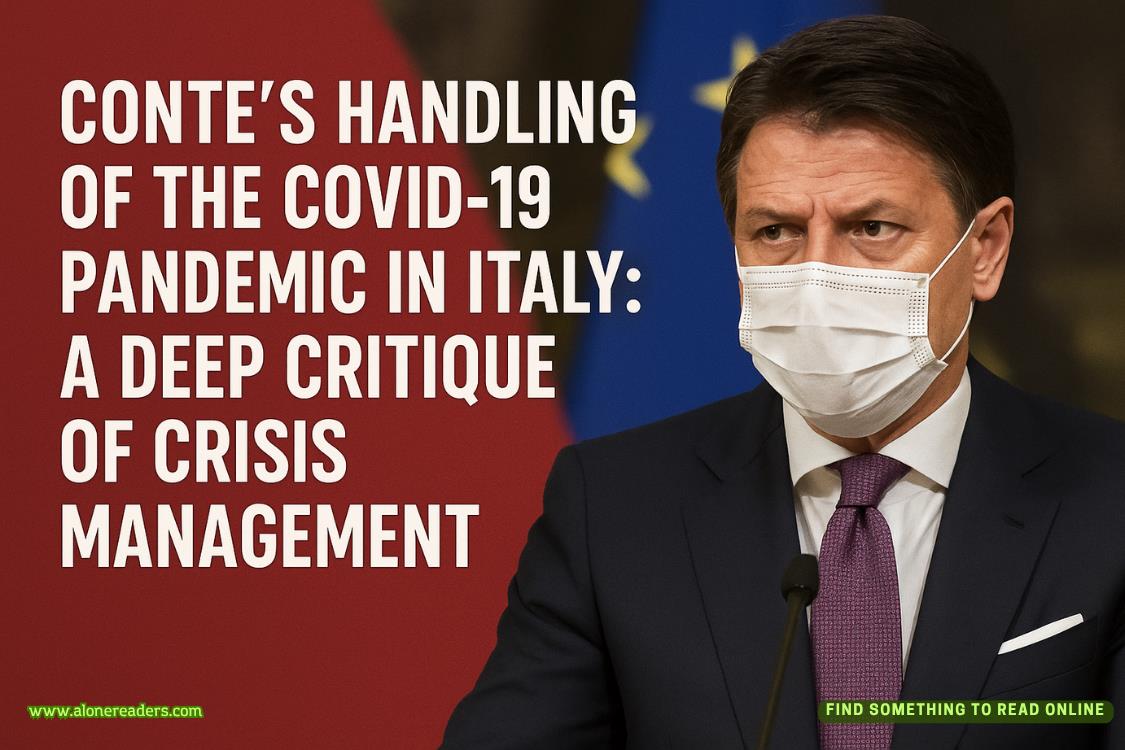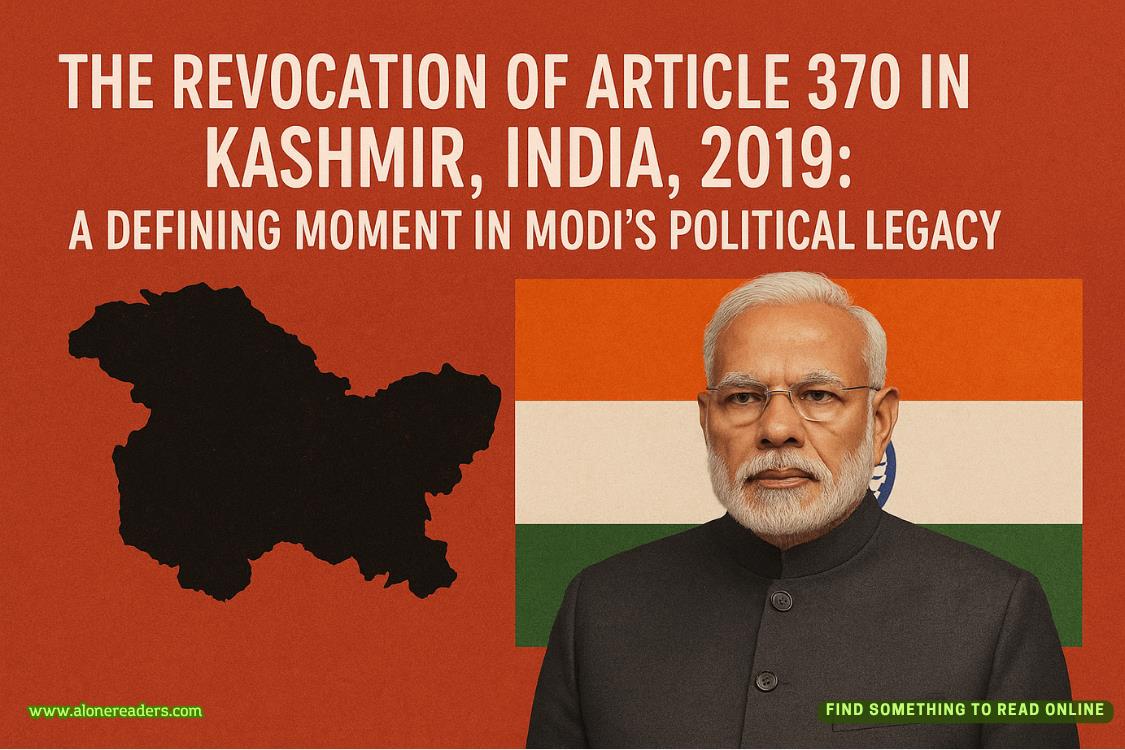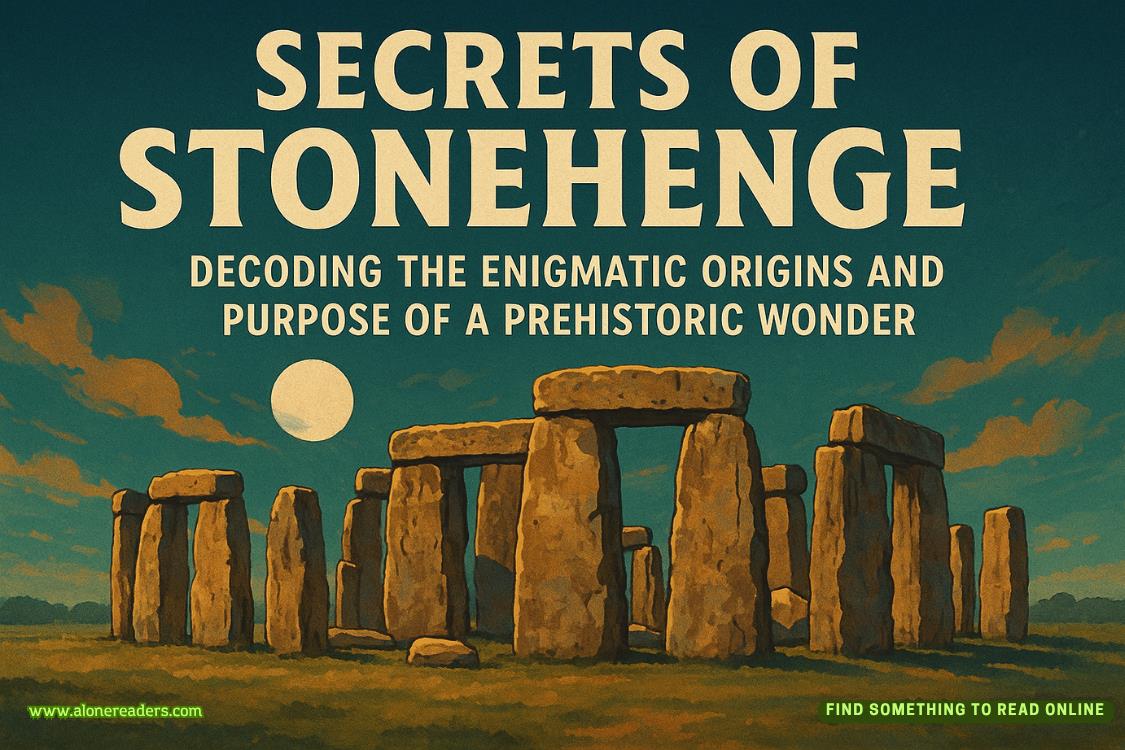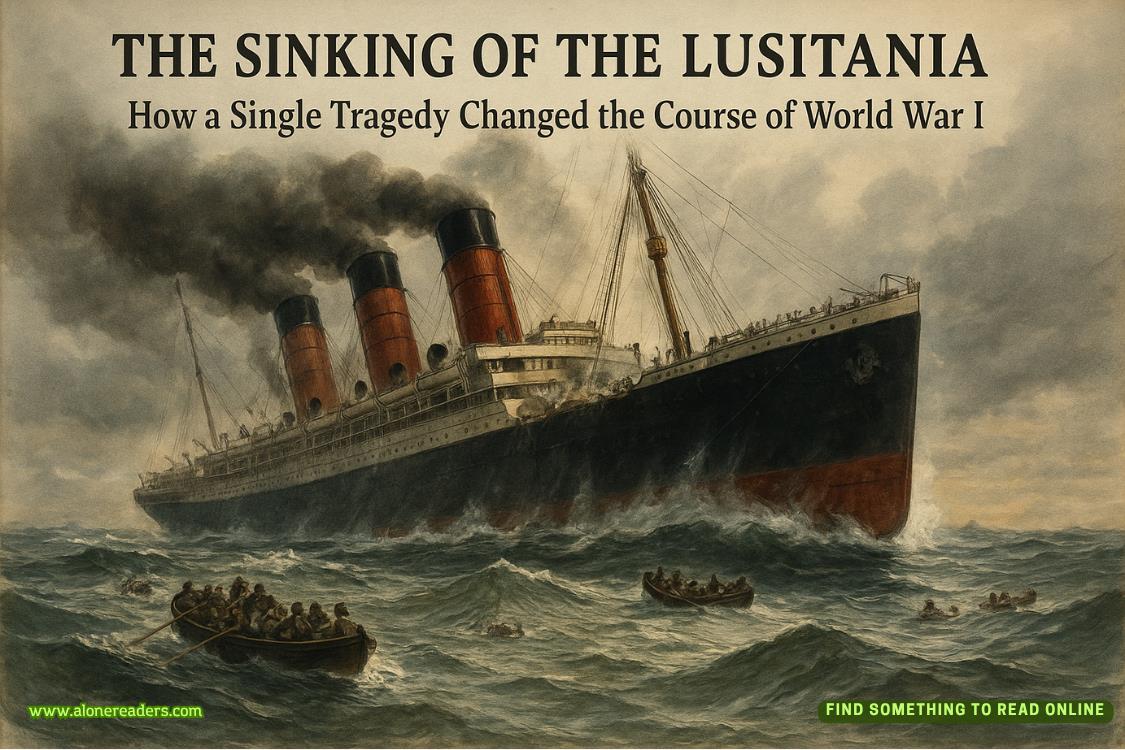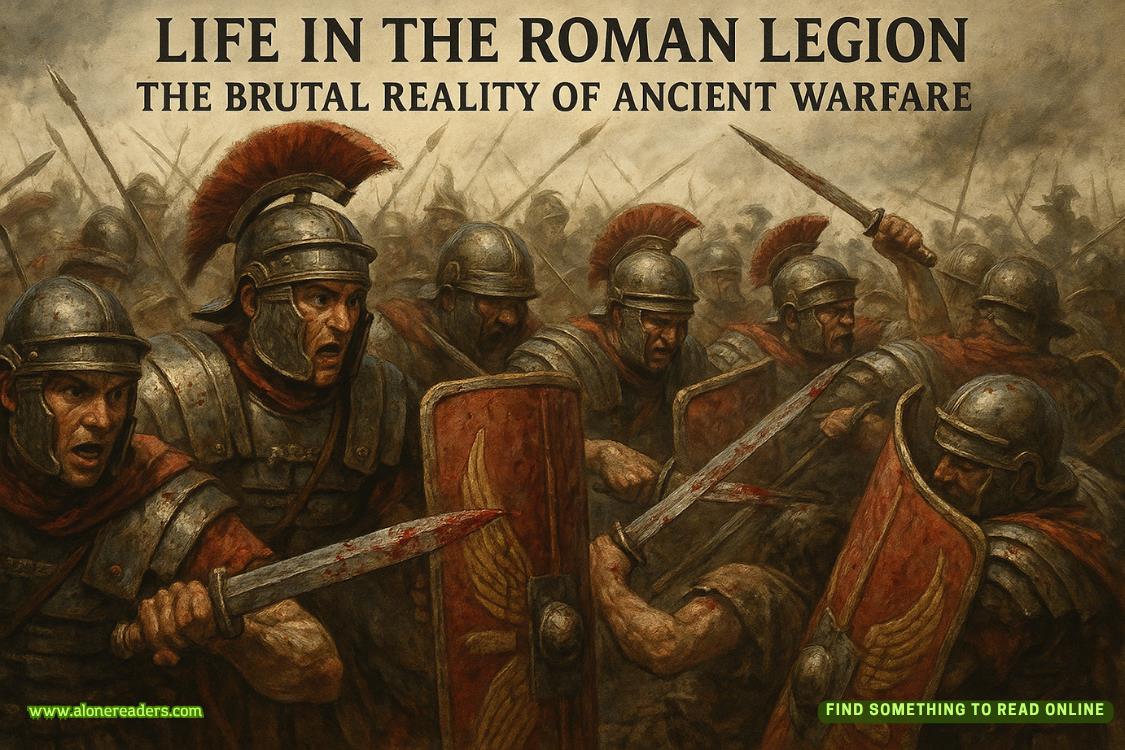Page 92 of Cry Havoc
“How many times have you been there?”
“A few. The DuBois plantation is one of the larger estates, a remnant of the French colonial days. Gaston discovered early on that the smaller farms were limited by their inability to process their own product, so he doubled down on that end of the business. He processes not only his own rubber, but rubber from the smaller plantations and nearby farms. His export company ships it out of the country. Even though this is their home, neither he nor Ella will ever be fully accepted as Vietnamese because of their French blood, which is what gives us our in.”
“Our in?”
“If Hanoi takes the South, he’ll be done for; land confiscated. They will both probably be killed. He has a vested interest in us and the South winning this war.”
“How does he keep from being murdered as it is? From what Iunderstand, the plantations are ideal recruiting zones for the communists.”
“He treats his workers well. Historically, that has not been the norm. Harsh working conditions and inhumane treatment, what amounted to slave labor, has been the rule. The Vietnamese have a complex relationship with rubber, Tom. The sap from the trees might as well be white gold. Men and corporations will kill for it. Many Vietnamese see the plantations as a continuation of French colonial rule. Thousands of acres have been burned by guerrillas.”
“But not Gaston’s.”
“Not yet. He also employs his own security force with an intelligence arm.”
“Sounds like a warlord.”
“That description is not too far off. He is not above making someone disappear, but our assessment is that he has insulated himself by doing business differently, paying living wages, treating his staff with dignity and respect. From what I have observed, he treats them like family.”
“Every family has its black sheep,” Tom said.
The DuBois plantation was in the low hills about 20 miles outside of Loc Ninh, in the Binh Phuoc region. The higher, more dramatic peaks of the northern portions of the province loomed in the distance, slightly obscured by the heat mirage on the horizon.
“What are you thinking, Tom?”
“Just how breathtaking and wild this place is. Wonder if we’ll be back here in twenty years as tourists?”
“Like Europe? Maybe.”
“Yeah, maybe.”
The flats of the lowlands had given way to hill country, and Serrano downshifted as he navigated through the winding turns of the jungle road. He lifted his hand from the stick and pointed at the valley below.
“There it is.”
The DuBois estate emerged from the dense rainforest, the rolling hills behind it dotted with small, thatched huts. To Tom, it looked like photos he had seen of castles in the Loire Valley. Built from white and gray stone with sections of red brick, the enormous mansion was surrounded by a wall that looked too low for the structure it bordered. Serrano slowed the vehicle and turned onto the long, tumbled travertine driveway. The castle’s façade was laced with large windows abutted by open wood shutters. Recessed behind stone columns were dark decorative double doors marking the entrance. A statue of a stag surrounded by four hounds was perched atop a clocktower above it. Just below the statue was an imposing clock. Tom checked it against his Rolex. Right on time. Serrano pulled the car to a stop in the stag’s shadow.
“We made it.”
Tom exited the vehicle and stretched. He was dressed in khaki pants and a thin untucked white button-up shirt that hid the Hi-Power.
Serrano, wearing dark pants, a brown shirt, and a cream-colored blazer, joined him on the passenger side of the vehicle. He held a bottle of 1954 Grand Vin de Chateau Latour that Tom was certain came from the CIA annex armory.
“Bienvenue!” Welcome!The voice belonged to Gaston DuBois. He stepped from the shadows of the stone entranceway, leaning on his intricately carved cane.
“Monsieur DuBois,” Serrano said, shaking the older man’s hand. “Of course, you remember Mr. Tom Smith.”
“How could I forget? I owe you both my life. I am sorry Mr. Jones could not be here, but I understand he has pressing business elsewhere.”
“He does, sir,” Tom replied.
DuBois wore a matching light tan linen suit and vest over a white button-up shirt, an indigo cravat around his neck.
A Vietnamese butler in a dark suit held the door open as DuBois led the way inside. Tom was struck with how gloomy it was. As his eyesadjusted, he became aware of the clutter. It was like he had stepped back in time. Mahogany tables and bookcases were filled with leather-bound books and silver trinkets from another century. Persian rugs lined the floor and oil paintings that looked like they belonged in museums were arranged along the walls. The furniture was upholstered with varying patterns of fabric that seemed in conflict with one another: the sofa at war with the chair, the rug waiting to see which one won before choosing sides. All together it amounted to almost a hundred years of collected family history.
“Brought you a bottle,” Serrano told their host.
“Nineteen fifty-four,” Gaston said, admiring the bottle. “A challenging year for Bordeaux. An even more challenging year for the French in Indochina.”
